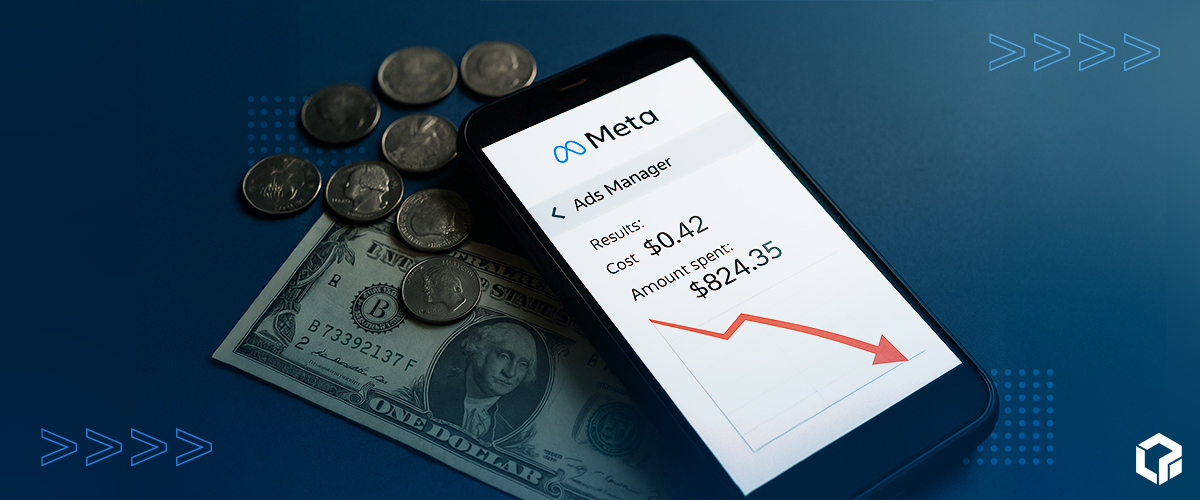It’s a business owner’s worst nightmare: spending thousands of dollars on digital ads, only to discover you’ve been crediting success to the wrong channels. This common pitfall drains budgets and distorts strategies. But what if you could finally pinpoint which ads actually drive new acquisition, beyond Meta’s standard click and view-based attribution? That’s where Meta’s Incremental Attribution comes in, offering insights beyond one-dimensional conversion tracking to demonstrate impact across the entire buying cycle.
Since Apple’s iOS 14.5 update in April 2021 disrupted attribution clarity for iPhone users, Meta has been on a mission to help marketers maintain visibility and deliver more relevant content across its platforms. In this blog, we’ll dive into how Incremental Attribution works, why it matters, and how it can transform your ad strategy from guesswork to intentional decision-making.
Incremental Attribution Explained
Meta’s Incremental Attribution is a new campaign performance tool designed to help advertisers measure the number of conversions that occurred because someone saw their ad. This approach is focused on identifying incremental conversions, defined by Meta as those that would not have happened without the ad exposure.
Meta began rolling out this setting in 2024. It is still being gradually introduced and, depending on account eligibility, is expected to be more widely available later this year.
How to Implement Incremental Attribution in Ads Manager
You can enable it when building a campaign in Meta Ads Manager if you have it available.
- Go to Meta Ads Manager and create a new campaign.
- Select a qualifying campaign objective, such as “Sales” or “Leads”.
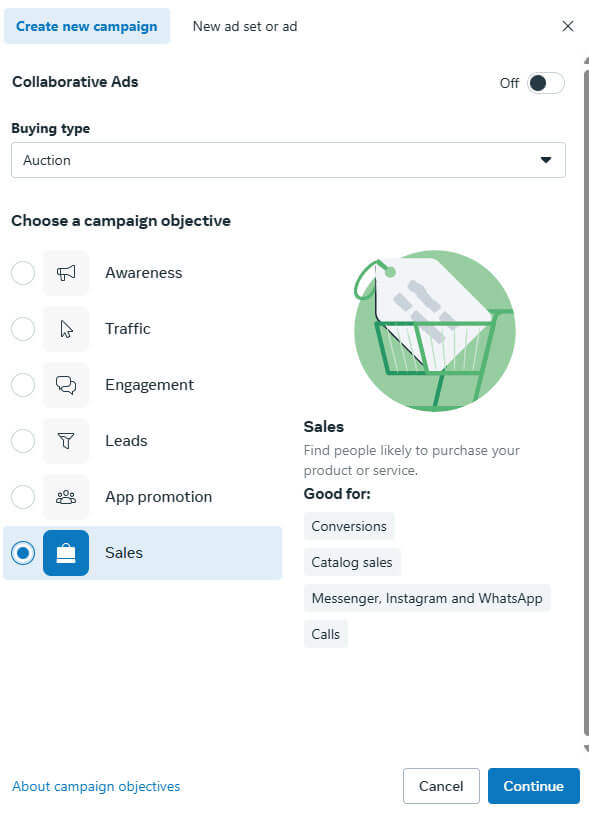
- In the campaign setup window, scroll to the Performance Goal section.
- Click “Show More Options.”

- From the dropdown, select “Incremental Conversions.”
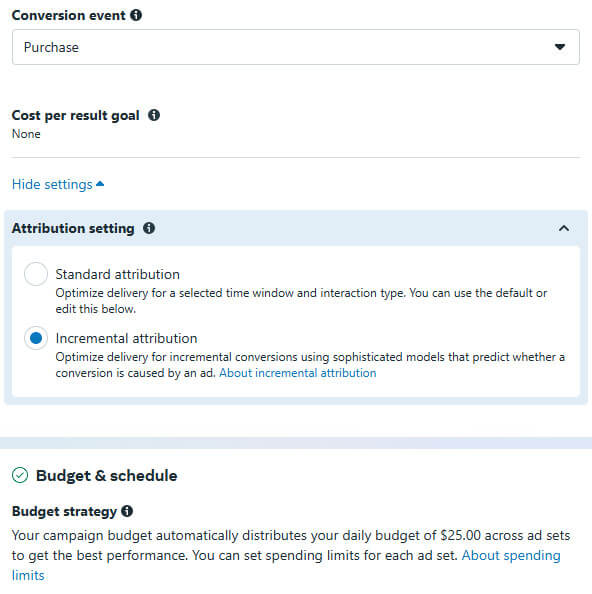
- Complete the rest of your campaign setup as usual.
- Launch your campaign.
Once your campaign runs, performance data for incremental conversions will be visible in your Ad Manager metrics.
How does Meta Determine if an Ad Caused a Conversion?
According to Meta, incremental conversions are those that would not have happened without someone seeing your ad. While Meta doesn’t publicly detail its modeling techniques, it uses historical campaign data to estimate how many conversions were likely driven by ad exposure.
The system compares recent performance against expected baseline outcomes to identify whether ad delivery contributed to increased conversions. Meta notes that this estimate is powered by its internal systems, which are designed to provide a clearer picture of campaign impact.
How Does This Attribution Model Differ from Others Within Meta?

Traditional Meta attribution uses interaction-based models. For example:
- Meta’s Standard Attribution Model is a click/view-through attribution model that attributes a conversion to the most recent Meta ad someone clicked within the attribution window, or viewed if no click occurred.
- The default window is 7-day click and 1-day view, meaning Meta will credit the last eligible ad clicked within 7 days or viewed within 1 day prior to the conversion.
Incremental Attribution, on the other hand, is not based on interactions alone. Instead, it aims to identify and optimize for conversions that Meta determines would not have occurred without the ad.
This is not an attribution window setting; it is a campaign-level performance goal that influences how your ad is delivered and how conversions are measured.
How it Differs from PPC Attribution (and Why it Complements it)
- The most common attribution model in Google Ads is now Data-Driven Attribution, which assigns partial or full credit for a conversion to one or more ad interactions. This model focuses on how a conversion happened by distributing credit across the user journey, typically giving more credit to the first or last clicks in the conversion path.
- Meta’s Incremental Attribution is focused on why a conversion happened specifically. This makes it less about credit assignment across touchpoints and more about identifying ad-driven lift.
- Because Incremental Attribution measures impact differently, it is best used to complement traditional attribution models, offering an additional layer of insight into how ads influence results.
Ways to Test Incremental Attribution

Testing Meta’s Incremental Attribution helps you:
- See how many conversions were actually driven by your ad, not just associated with it.
- Make better budget decisions by focusing on campaigns that drive actual impact.
- Align campaign success more closely with real business outcomes, not surface-level engagement.
For example:
- Choose specific geographic regions to either exclude from your campaigns or increase spend.
- Monitor differences in conversion trends across regions to validate lift and social-driven performance at scale.
Don’t overlook the value this can bring to your upper and middle funnel, areas where Meta ads are often underestimated.
To test Incremental Attribution in your metrics:
- Click the Columns dropdown and select Custom and click Compare Attribution Settings
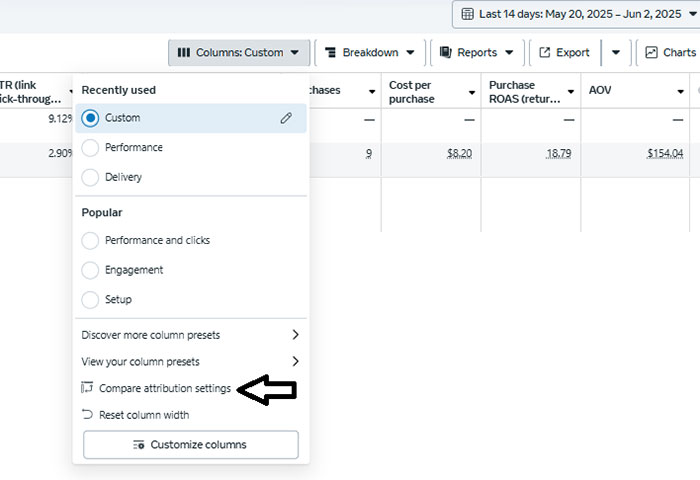
- Next, check the Incremental Attribution option under Advanced Option and click Apply

- You will see the columns indicating metrics by Incremental Attribution.
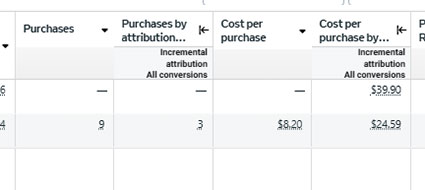
Unlocking True Campaign Impact
Attribution isn’t one-size-fits-all, and relying solely on traditional models can miscredit conversions and skew your budget. Rather than replacing standard models, Meta’s Incremental Attribution offers deeper insights, measuring conversions that happened because of ad exposure, not just alongside it.
As Meta rolls this tool out more broadly, testing the impact can help marketers and business owners make more informed budget decisions and align ad performance with actual business results.





